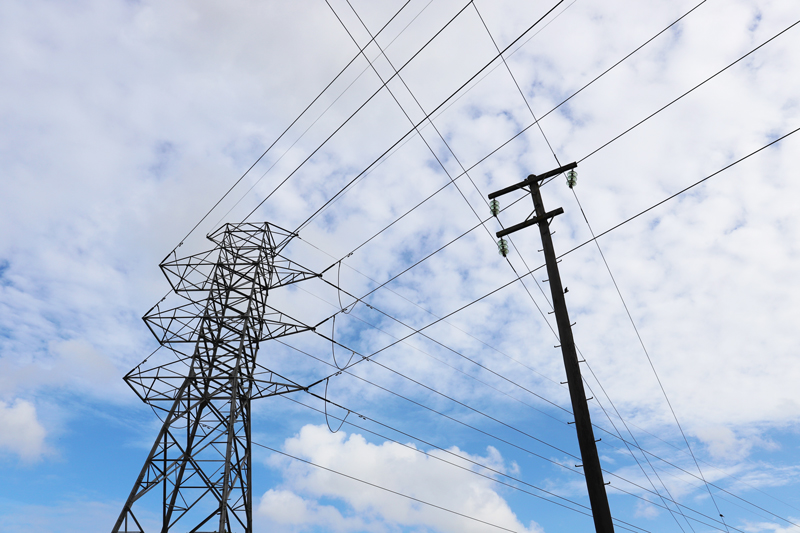Electricity charges
03/11/2016
 In our September 2016 issue of Outasite Lite (an electronic publication sent out by email) we explored electricity charges and the laws and regulations that govern them. Since publishing the article we have been advised that many home owners are being overcharged for electricity because some operators are not aware that the Residential (Land Lease) Communities Act 2013 (the Act) changed the way that utility usage charges must be calculated. In this article we look again at those charges.
In our September 2016 issue of Outasite Lite (an electronic publication sent out by email) we explored electricity charges and the laws and regulations that govern them. Since publishing the article we have been advised that many home owners are being overcharged for electricity because some operators are not aware that the Residential (Land Lease) Communities Act 2013 (the Act) changed the way that utility usage charges must be calculated. In this article we look again at those charges.
National Retail Law
Under the National Energy Retail Law (Retail Law), any person or business that sells energy to another person for use at premises must have either a retailer authorisation or a retail exemption. Operators of land lease communities who sell energy to residents have a retail exemption.
The Australian Energy Regulator (AER) issues guidelines for exempt sellers based on the retail customer protections provided under the Retail Law. It is likely that these guidelines are the source of some of the confusion about electricity usage charges in land lease communities because the maximum charge in the guideline differs from the maximum charge in the Act.
Land lease community Law
The Act and Regulation (Residential (Land Lease) Communities Regulation 2015) govern when and how operators can charge home owners for electricity. If the site agreement requires the home owner to pay utility charges to the operator, the use must be separately measured or metered and the operator must provide an itemised account and give the home owner at least 21 days to pay.
There are two separate charges for electricity – usage and availability. Usage is charged at a rate per kilowatt hour (kWh) and the service availability charge (SAC) is a daily charge.
Usage charges
The Act states that the maximum amount that an operator can charge a home owner for usage is “the amount charged by the utility service provider or regulated offer retailer who is providing the service for the quantity of service supplied to, or used at, the residential site.” Put simply, the operator must charge a home owner no more per kilowatt hour than what the operator is being charged by the utility service provider.
However, the Exempt Selling Guideline requires that an exempt seller must not charge a customer more than the standing offer price that would be charged by the relevant local area retailer for new connections, if the local area retailer were to supply that quantity of electricity.
These two methods of calculating electricity usage charges provide very different results for home owners. The standing offer price is generally one of the highest rates charged but operators tend to pay much lower rates because they can negotiate with the provider.
Operators however must calculate usage charges according to the Act because that is primary legislation whereas the Guideline is secondary legislation. Whenever laws contradict each other the highest law is the one that has to be followed and in this case the Act trumps the Guideline.
What you can do
If you want to know whether you are being charged correctly for electricity the first thing you need to check is what the operator is being charged. Section 83 of the Act requires the operator to provide a home owner with reasonable access to bills or other documents in relation to utility charges payable by the home owner to the operator.
An operator who refuses to provide access to documents is in breach of the Act and a home owner can apply to the NSW Civil and Administrative Tribunal for an order requiring the operator to provide access. Operators can also be fined for non-compliance with this section of the Act.
The Tenants’ Union is aware of home owners in one land lease community who are applying to the Tribunal regarding their electricity charges and the operators refusal to provide documents relating to those charges. They will also be seeking a refund of any amounts they have overpaid as a result of any incorrect charges.
Service Availability Charges: SAC
The way that service availability charges are calculated is set out in the Regulation. The charge is based on the level of amps supplied however the way in which it is calculated is currently under review and the Regulation will be amended on completion of the review.
